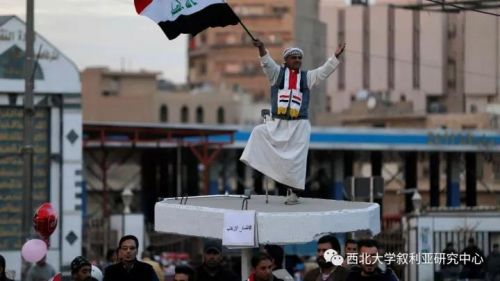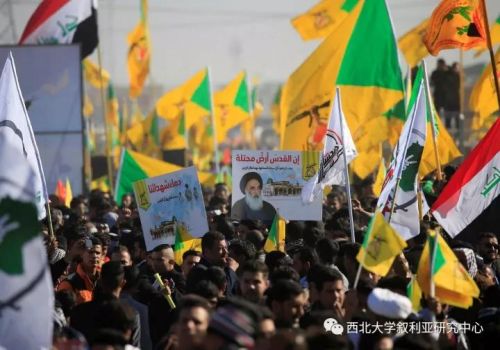In late 2014, when ISIL was at the peak of its territorial strengthen in Syria and Iraq, the group controlled and exploited more than 360 oil and gas fields, governed more than nine million civilians and was provided with more than 80 million US dollars in monthly revenue through taxes, ransom money and sponsorships by some Gulf states. Many famous and important cities in both Iraq and Syria, such as Mosul, Raqqa, Ramadi and Fallujah, were under ISIL’s control.
Thousands of Islamic extremists all across the world were encouraged by the speeches and propaganda products of ISIL. Many young jihadists moved from their hometowns to Iraq and Syria through a long journey they called “Hijrah” to join ISIL to establish a “real” and “just” “Islamic State."
No more. Iraq's prime minister declared final victory over ISIL on Saturday after Iraqi forces drove its last remnants from the country. Two days earlier, the Russian military announced the defeat of the militants in neighboring Syria, where Moscow is backing Syrian government forces.
If we want to understand the geopolitical influence of the demise of ISIL, we should not forget the real meaning of “Caliphate” and the “Islamic State." There have been countless analyses to explain the emergence of “Islamic terrorism” represented by ISIL, with the reasons including “Western intervention," “unjust international order” and “social poverty." But we should not forget the charming influence of establishing a utopian “Islamic State” for extremists.
The “Islamic State” label adopted by ISIL and its leader “Caliphate” Abu Bakr al-Baghdadi represented the “ideal model” through which Islamic extremists claimed to be able to solve social and political problems in an “Islamic way." “Caliphate” means the highest representative of Allah in the world and the “Islamic State” runs in accordance with the regulations and rules in the Quran, or “Sharia law” (Islamic Law).
The Caliphate should be viewed as the power base of all the Muslims in the world while the “Islamic State” should be guided and directed by “Sharia law." The final aim of “Islamic State," according to much Islamic literature, should be constructing a united “Islamic State of the world’s Muslims," or “Ummah”, to replace the existing “national-state” international system in the Middle East.
Not just any place would do as the capital of the “Caliphate state.” For many Islamic extremists and terrorists, such as Ayman al-Zawahiri, leader of al-Qaeda, the “Islamic State” should be centered within Iraq and Syria, largely because of the important meaning for Baghdad and Damascus in the history of Islamic civilization.
This is why ISIL was able to attract more extremists from across the world than al-Qaeda in Afghanistan and Pakistan in such a short time. The self-claimed “Caliphate," the self-claimed “Islamic State” under the direction of “Sharia law," and the important meaning of Iraq and Syria became the three pillars for ISIL’s recruitment success in the past few years.
With the demise of ISIL’s presence in Syria and Iraq and the reported death of “Caliphate” Abu Bakr al-Baghdadi, the pillars of ISIL are collapsing. Although there are still several branches of ISIL elsewhere in the Middle East and South Asia imposing security threats on different states – such as ISIL’s Sinai, Afghanistan and Pakistan branches, the charm of ISIL has significantly diminished.
For extremists, ISIL will be transformed from a “Caliphate state” occupying the center of global Islamic extremism to a local and marginal “Emir state” with limited regional influence.
(Wang Jin is a PhD candidate at the University of Haifa’s School of Political Science, and a research fellow at the Syria Research Center of Northwest University. The article reflects the author’s opinion, not necessarily the view of CGTN.)



